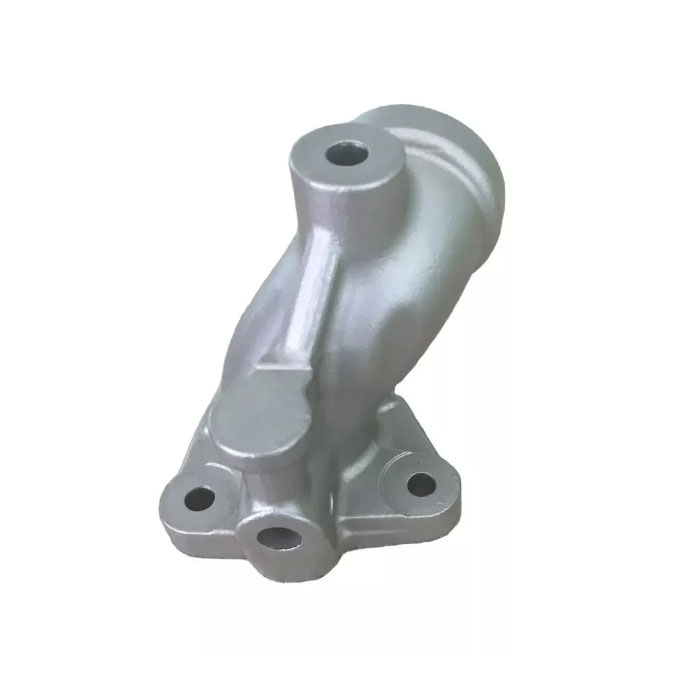Precision in Investment Casting: Understanding Tolerances
2025-01-14
Investment casting is renowned for its ability to produce complex, high-quality components with excellent surface finishes and precise tolerances. The process allows manufacturers to achieve tight tolerances, making it ideal for industries requiring detailed and dimensionally accurate parts, such as aerospace, automotive, and medical sectors.
Typical Tolerances Achievable in Investment Casting

The tolerances in investment casting depend on several factors, including the material, mold design, and the size of the component. Below are some general guidelines for typical tolerances:
1. Linear Tolerances
- Small Dimensions (up to 1 inch/25 mm): ±0.003–0.005 inches (±0.08–0.13 mm)
- Larger Dimensions (up to 6 inches/150 mm): ±0.005–0.010 inches (±0.13–0.25 mm)
- Beyond 6 inches, additional tolerance is added per inch, typically around ±0.003 inches (±0.08 mm).
2. Dimensional Consistency
- Investment casting can achieve tolerances within ±0.1% of the nominal dimension, depending on the design and process control.
3. Surface Finish
- The process typically delivers a smooth surface finish of 125–250 RMS (Root Mean Square) without secondary machining.
4. Wall Thickness
- Minimum achievable wall thickness: 0.040–0.080 inches (1–2 mm), depending on the size and complexity of the part.
5. Geometric Tolerances
- Features like flatness, roundness, and concentricity can be controlled to within ±0.005 inches (±0.13 mm), but this varies with part geometry.
Factors Affecting Tolerances in Investment Casting
1. Material Selection
- Different alloys expand and contract at varying rates during the casting and cooling processes, affecting tolerances.
2. Mold Design and Pattern Making
- High-quality wax patterns and molds ensure better precision and tighter tolerances.
3. Process Control
- Strict monitoring of temperatures, pouring techniques, and cooling times minimizes dimensional deviations.
4. Component Size
- Smaller parts typically achieve tighter tolerances compared to larger components due to reduced shrinkage and deformation.
5. Post-Casting Operations
- Machining and finishing can be used to enhance tolerance precision for critical features.
Advantages of Tight Tolerances in Investment Casting
1. Reduces Secondary Operations
- Parts often require little to no additional machining, saving time and costs.
2. Improves Assembly Fit
- Precise tolerances ensure better compatibility with mating components.
3. Enhanced Performance
- Accurate dimensions contribute to improved functionality and durability in critical applications.
Conclusion
Investment casting is a versatile manufacturing process capable of achieving tight tolerances, making it a preferred choice for applications requiring precision and quality. With proper design, material selection, and process control, investment casting delivers components that meet or exceed demanding tolerance requirements.
For projects requiring high-precision components, investment casting offers an unmatched combination of dimensional accuracy, surface quality, and design flexibility. Consider this process for your next precision manufacturing challenge!


